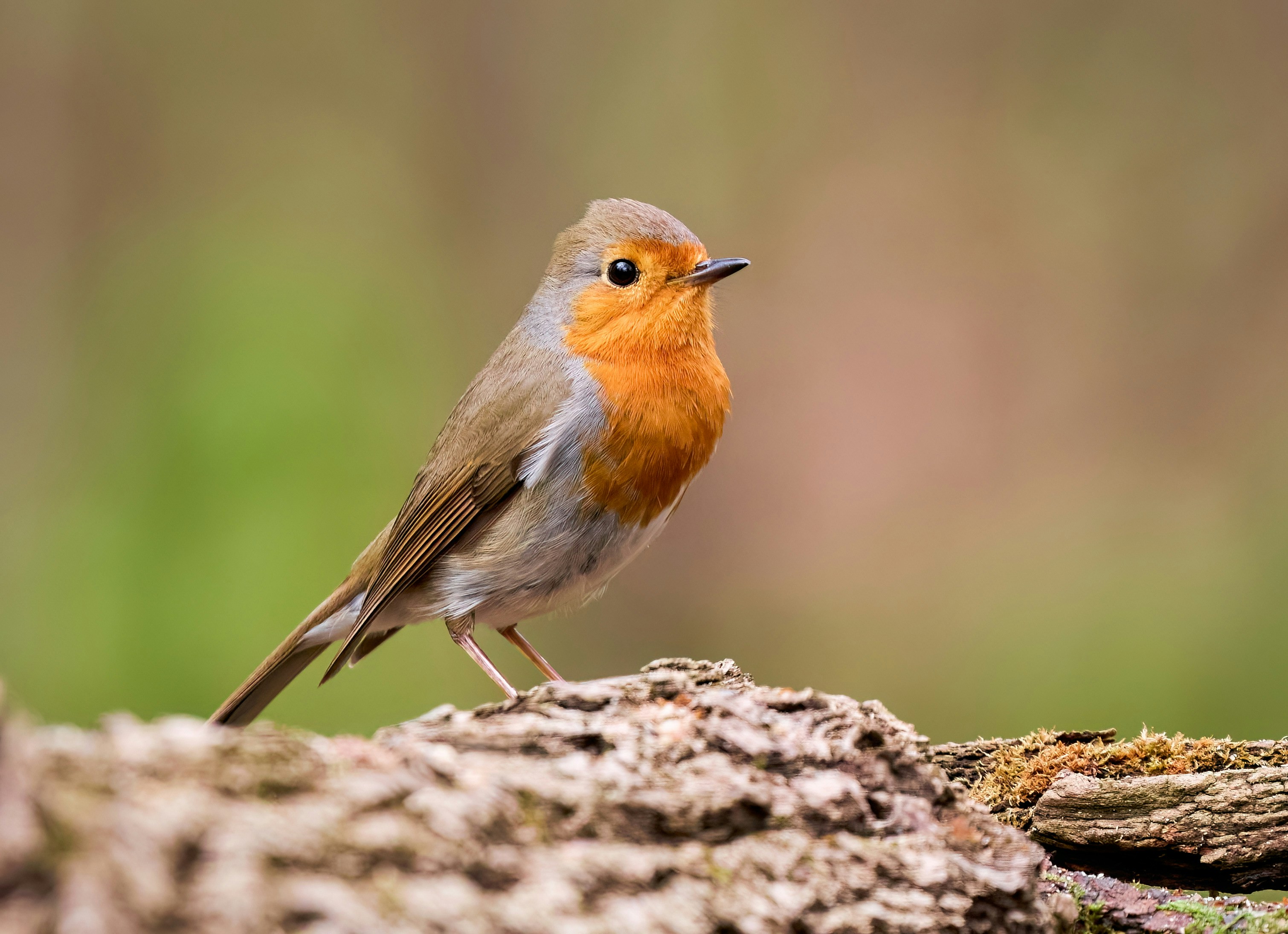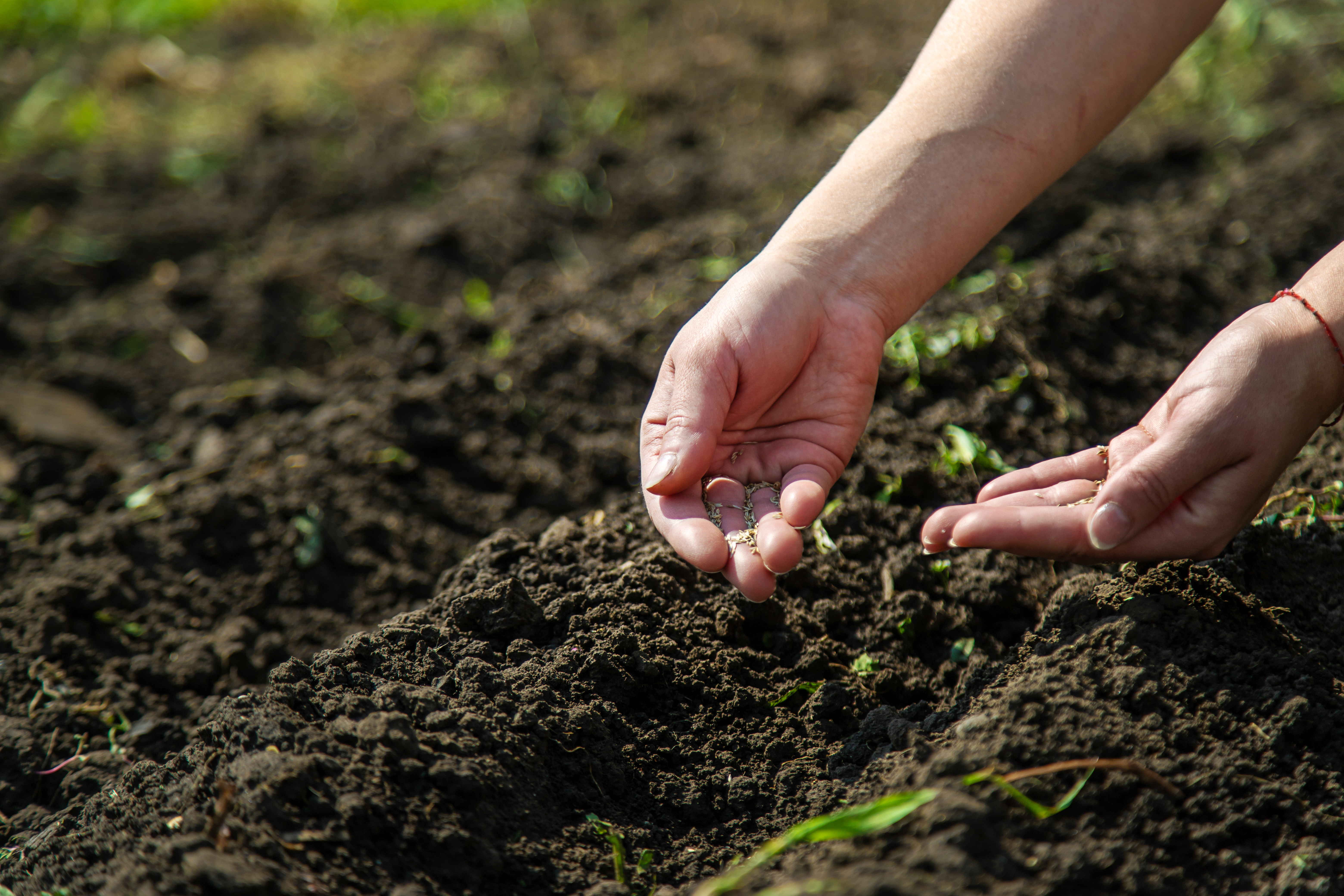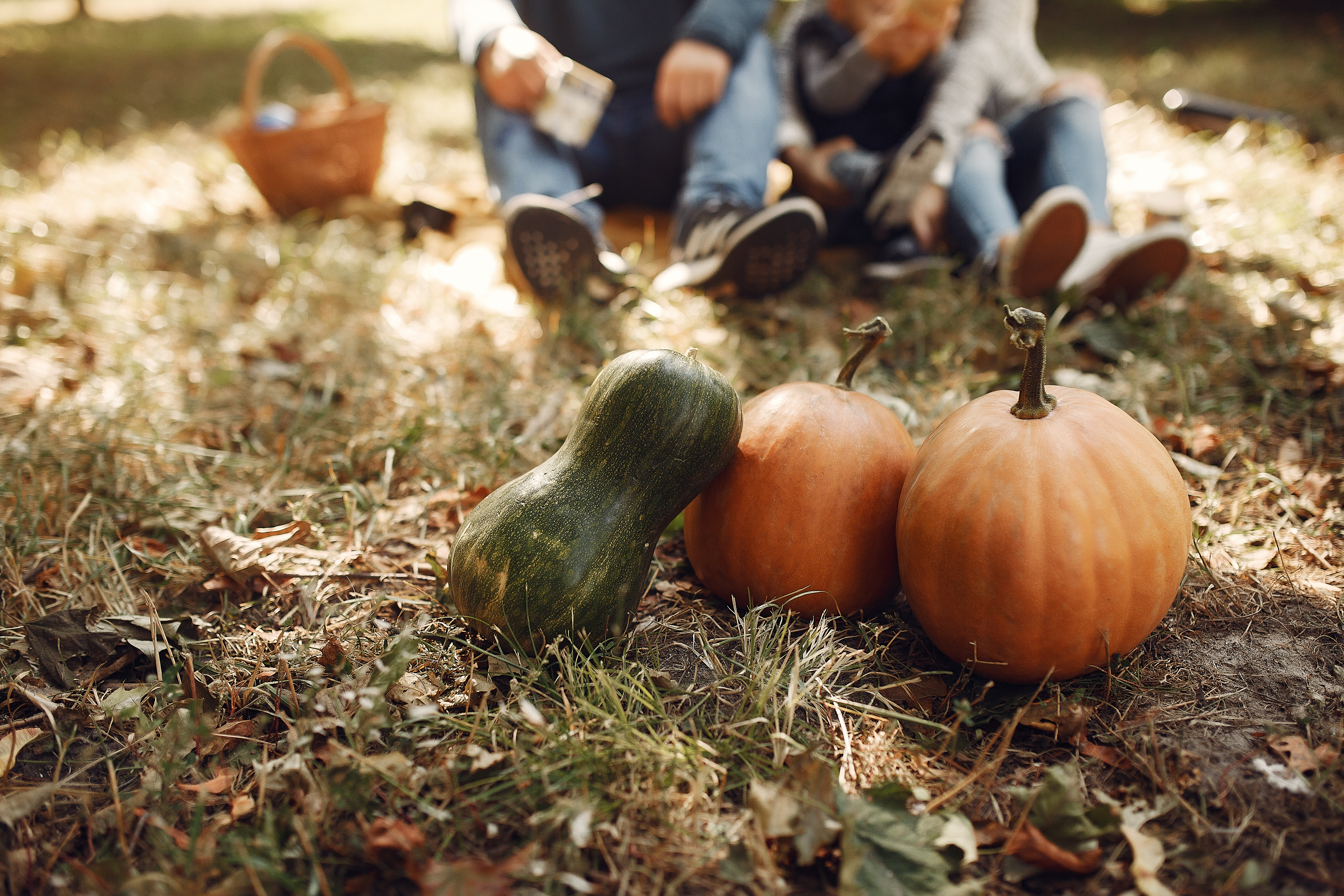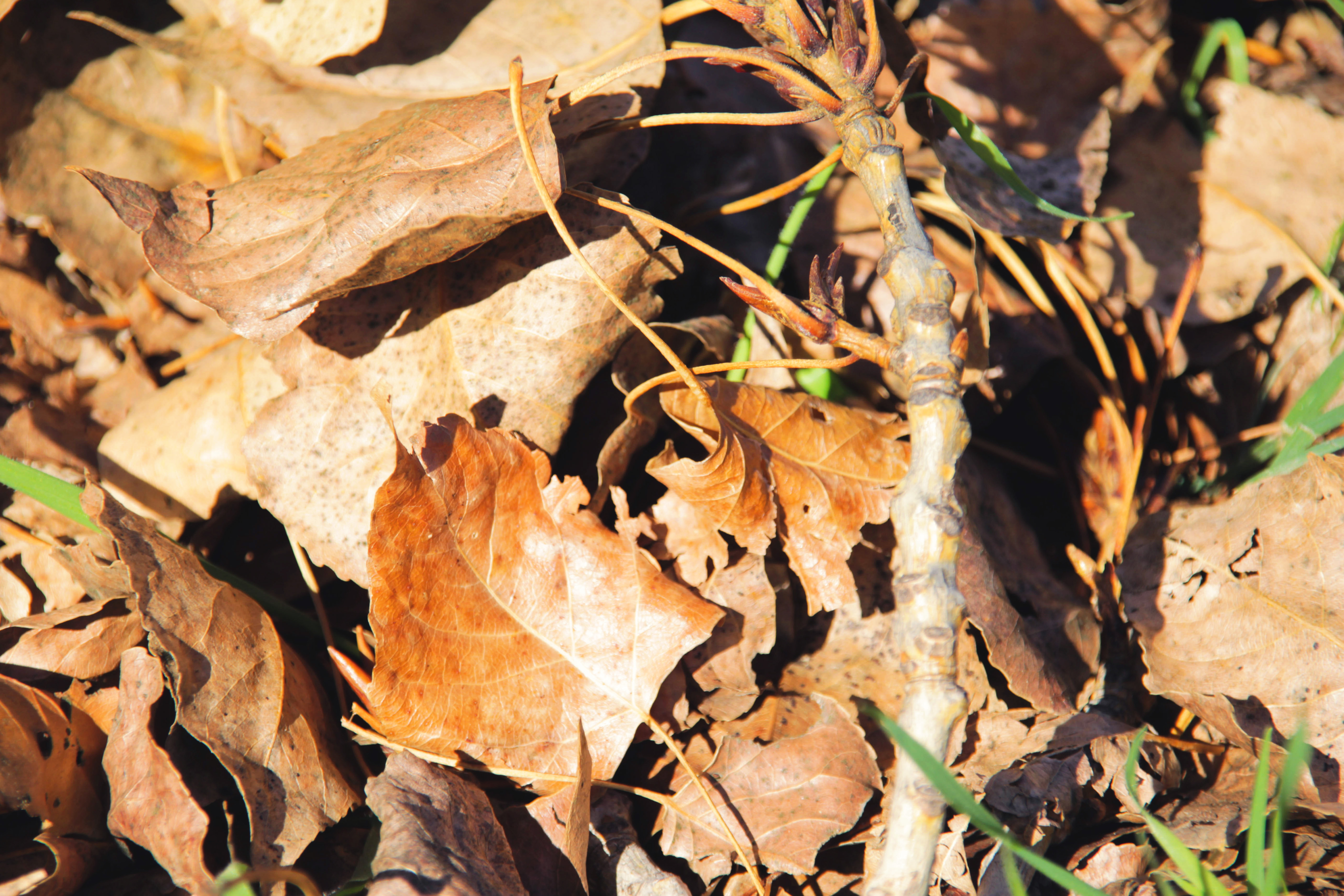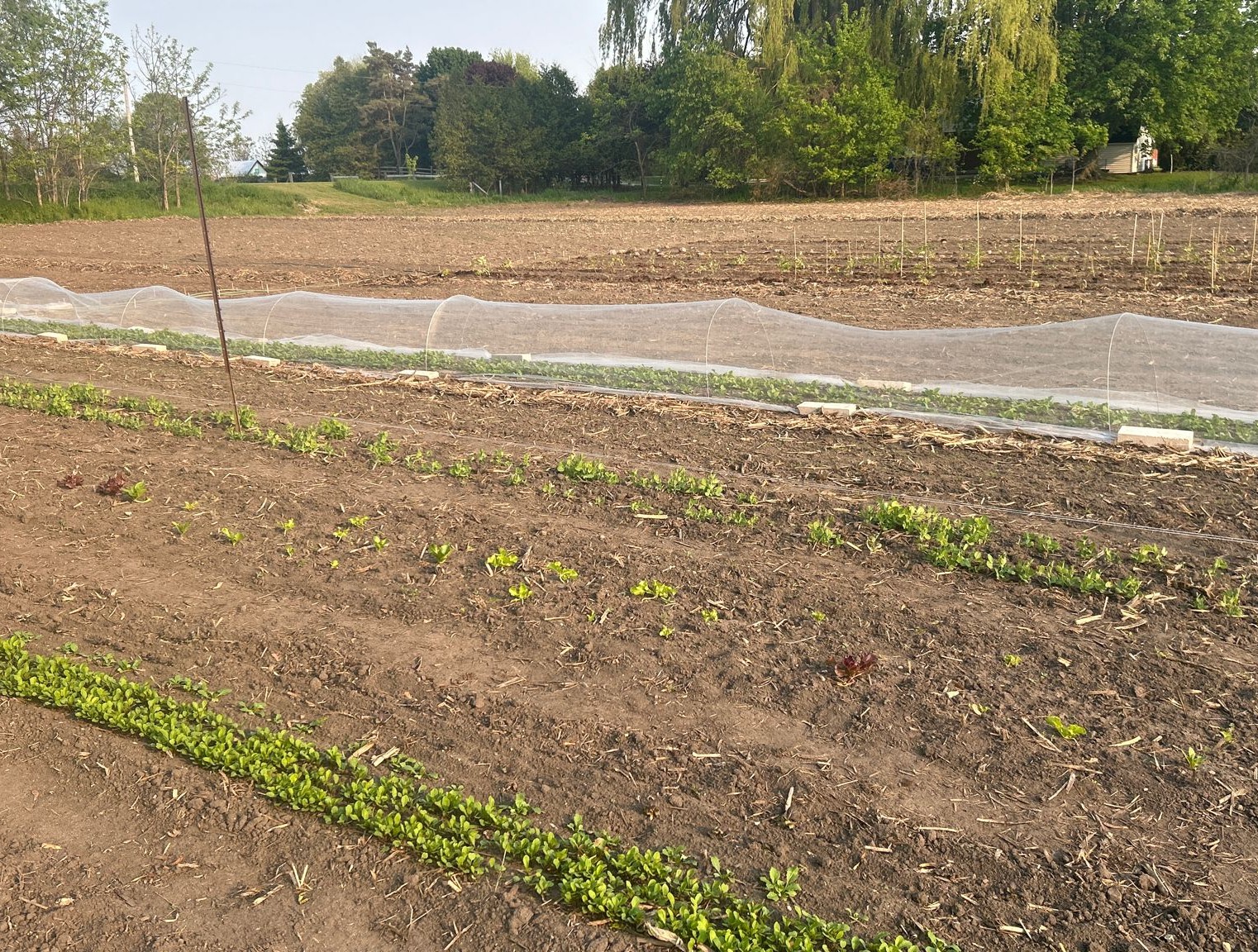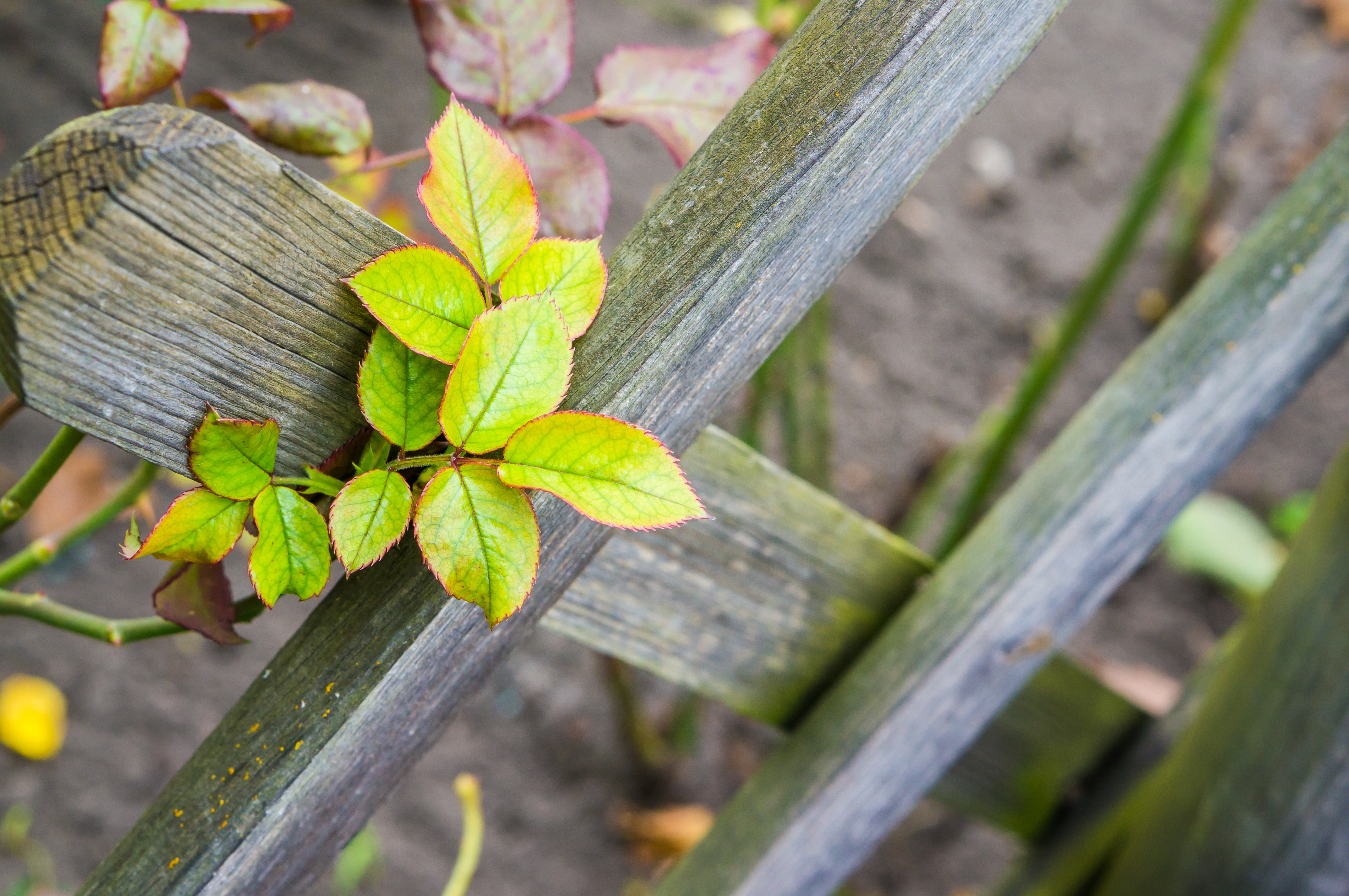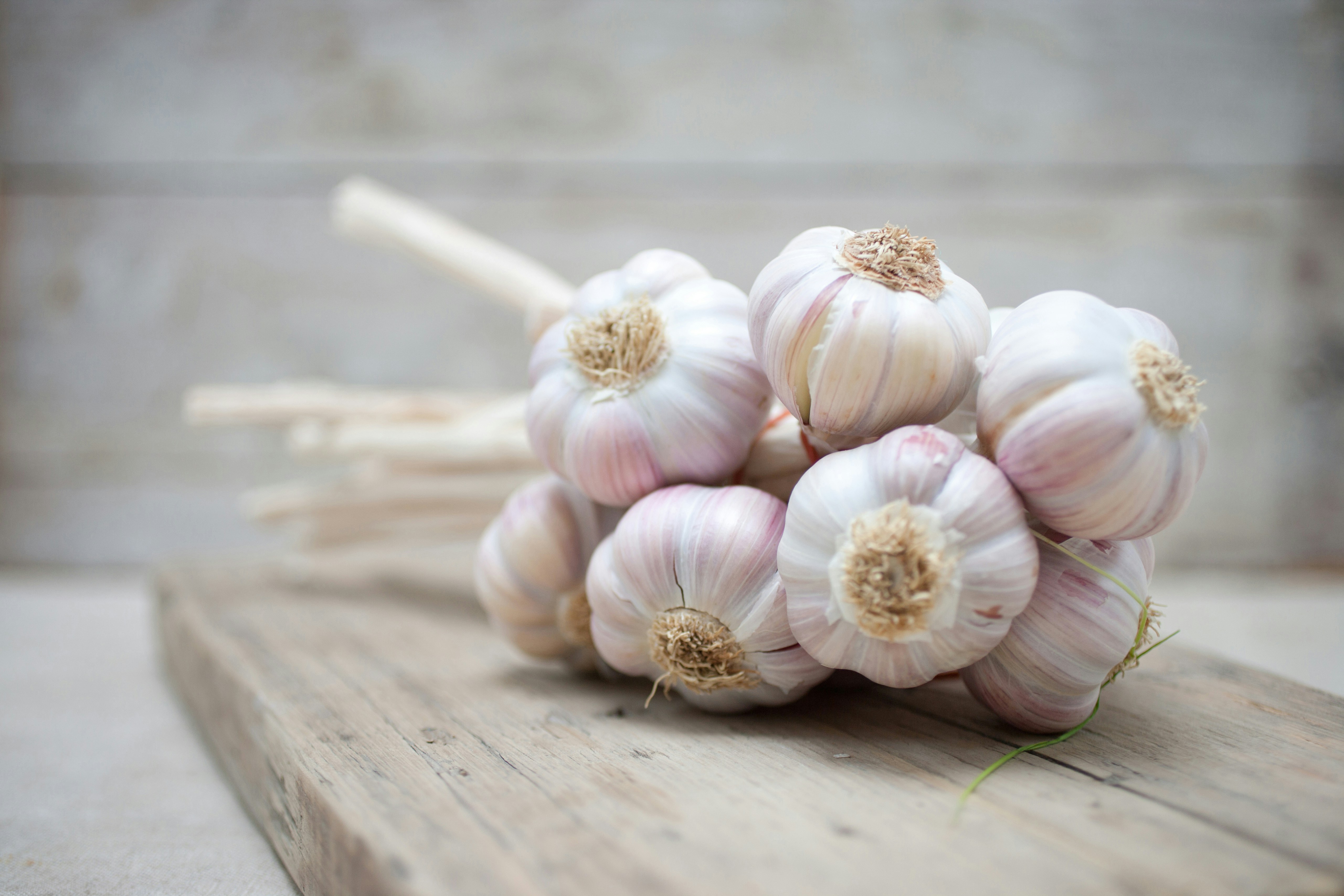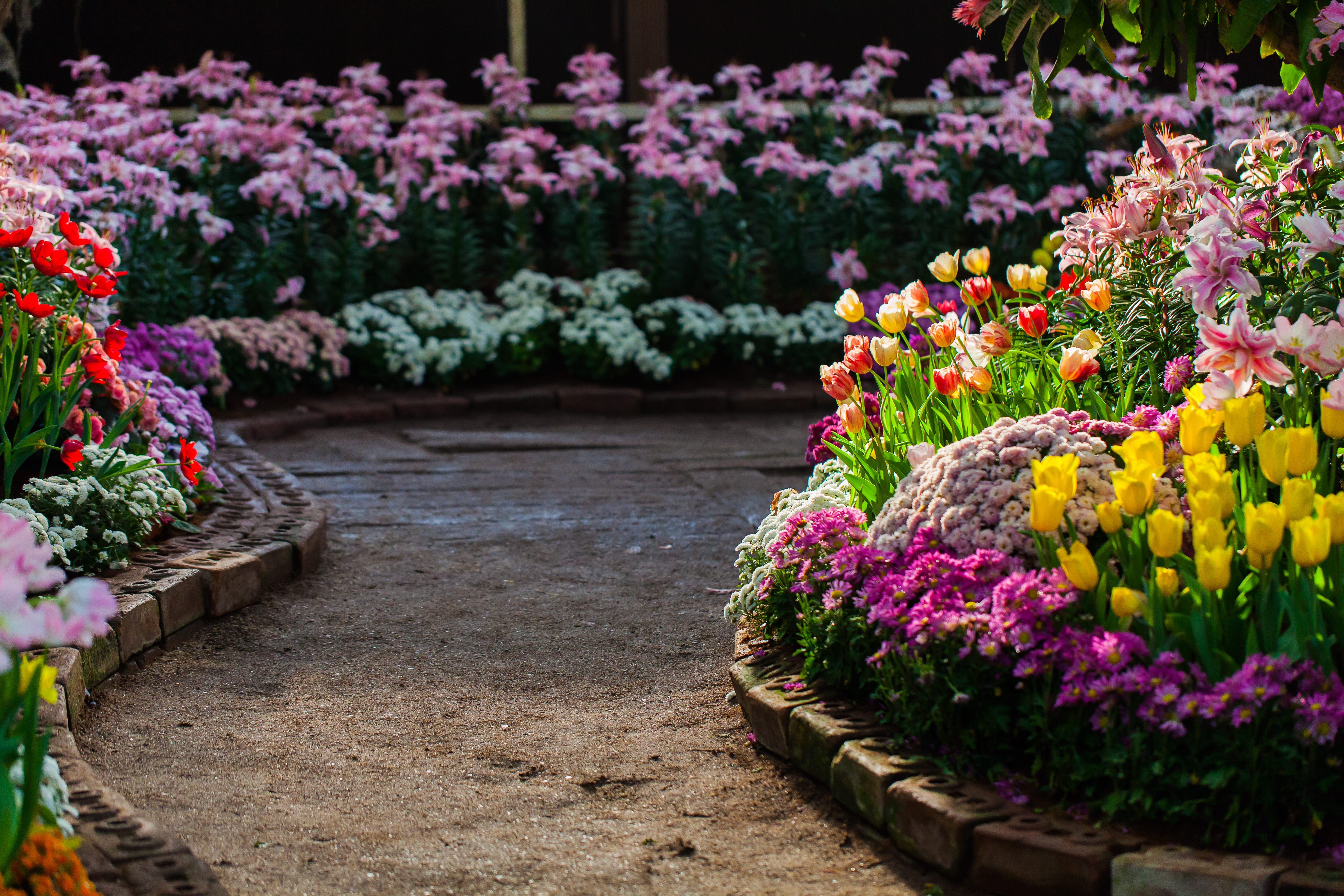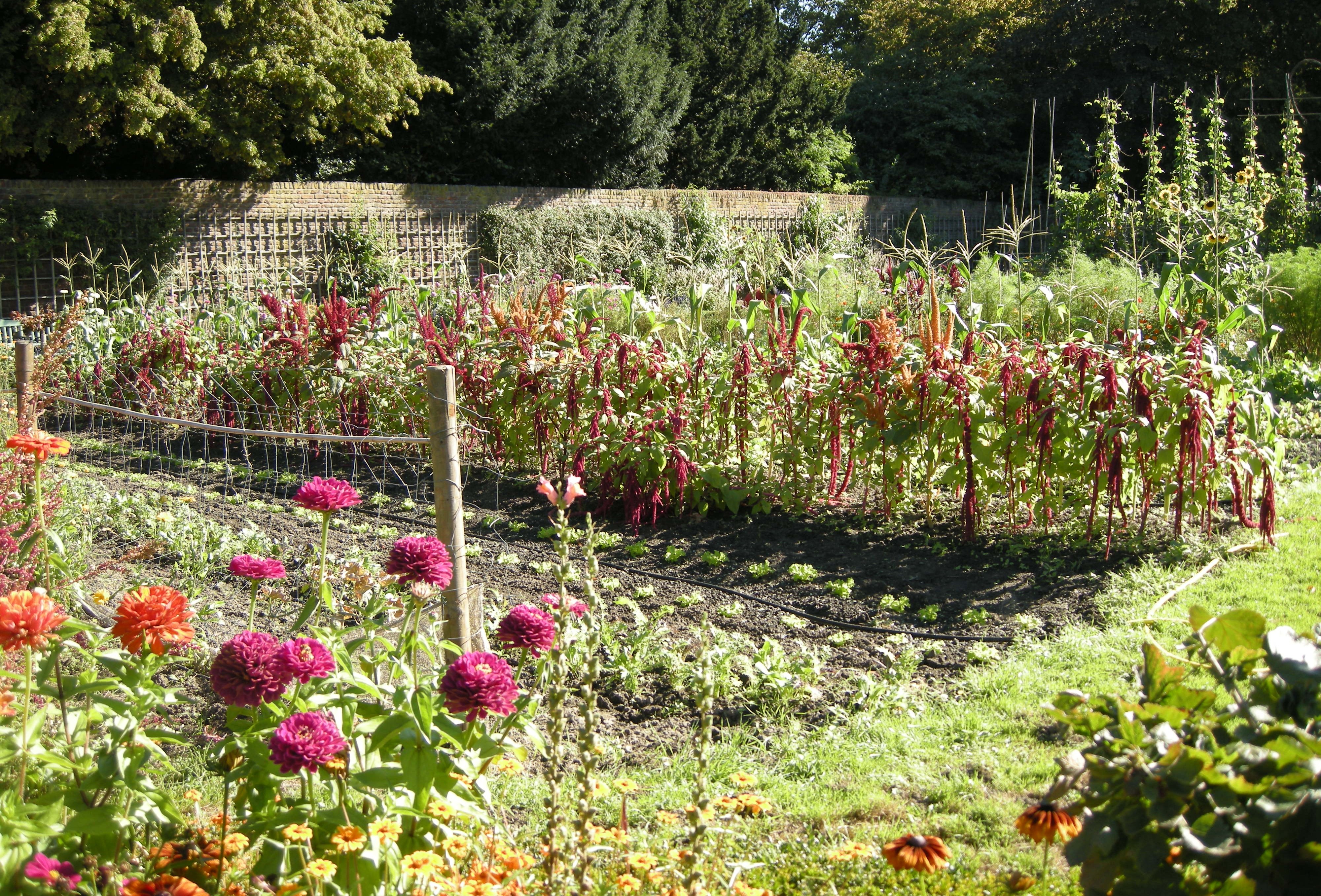If you have a garden, chances are you have wildlife. So why do you need to “create” a wildlife garden, you might be wondering? Gardening for wildlife is more than just having plants; it’s thoughtful touches that help the local animals. Benefits of Wildlife in the Garden A garden with a diverse population of insects, birds, and even small mammals indicates healthy soil and a good ecosystem. If you can draw birds into your garden, they can help keep the pesky bug population in control....
